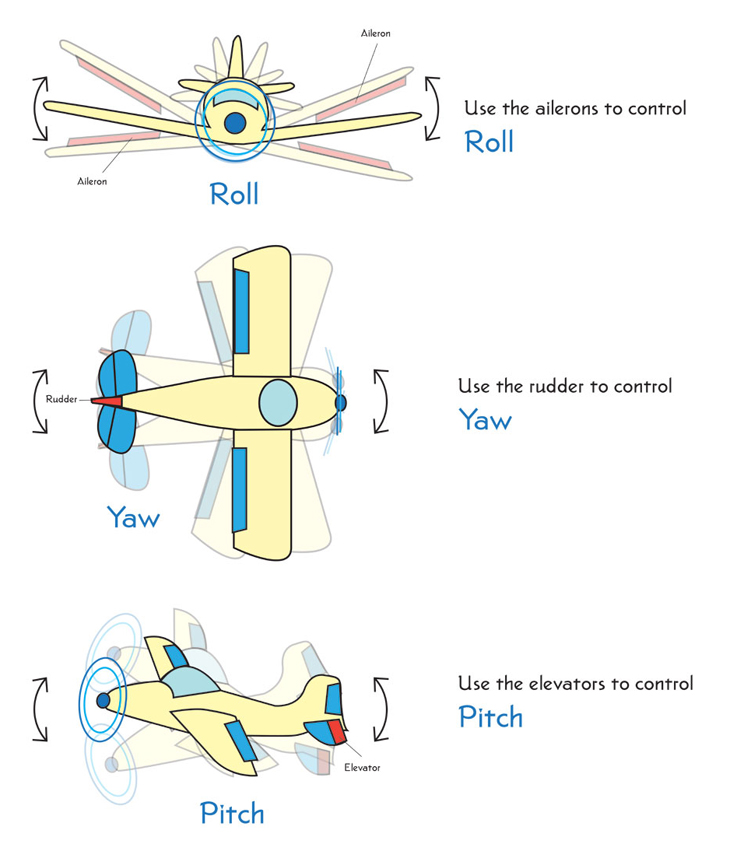Here is the Wikipedia entry for Apollo:
This add-on now features a realistic model for the aerodynamics of the Command Module. This requires the user to fly the correct reentry profile to have a successful reentry. Basically, the CM has lift, and the direction of that lift is in the direction of the astronaut's feet. You should start your reentry with your head pointed toward the Earth, as in the real Apollo re-entries. The reentry profile you fly also depends if you are reentering from Earth orbit, or doing a direct reentry from a lunar trajectory (see details below). The capsule has an "aerodynamic stability axis" that is at an angle of 21 degrees to the axis of the command module itself. This means that aerodynamic forces maintain that angle of attack automatically. All the pilot (or autopilot) needs to do is use the roll thrusters to control lift (although I think they actually coupled some yaw into the thrust commands to keep things completely stable).

[edit]
Rentry from Earth Orbit
Your angle of entry (at 400,000 ft or 122km) should be about 2 degrees. This corresponds to a PeD of about 6200km if your burn is at 300 km altitude. You control lift by rolling to the right or left. A nominal reentry had the CM rolling to a -60 degree roll angle for about 2 minutes, then rolling to +60 degree for another 2 minutes, then back to -60 for about a minute, and back to +60. This is because you don't want too much upward lift, and the rolling gives you some cross range control. If you want to deflect your path to the right or left, you can stay rolled to one side longer than the other. Also, you have the option to roll to zero if you're coming in too steep (more lift), or rolling all the way to 180 if you're too shallow (negative lift). Of course, in the real Apollo, they had a guidance computer do all the work. Once your velocity drops below 500 m/s, you enter the "ballistic phase", where you can no longer control the path of CM. Just sit back and watch the chutes open!
Rentry from Lunar Trajectory
Your entry angle should be about 6.5 degrees. This corresponds to a PeD of about 6415 for a lunar trajectory. As in orbital entry, you control lift by rolling. The difference is you are entering with a much higher velocity. You need to get rid of all that velocity, but you want to do it gradually so you keep your g forces reasonable. A nominal reentry had the CM entering at a 0 degree roll angle (heads-down, lift up) to limit the initial peak G forces to around 7 Gs. At some point, the CM begins to gain altitude, and it still has a lot of velocity. It was then rolled 180 degrees to prevent the CM from escaping the atmosphere (lift down). In about 45 seconds, the CM was once again losing altitude, and at this point it was rolled back to 0 degrees breifly. The rest of the entry was then the same as the orbital entry, in which rolling was used to fine-tune the path of the spacecraft (nominally rolling from one side to the other by 60 degrees or so). Next, the "ballistic phase" when your velocity falls below 500 m/s. Finally, drogue chute, main chute, and splashdown!
|
What they are claiming here is that the command module must not tumble or roll end over end, or spin at all, for a successful reentry.
Instead, the module flies through the sky much like a KITE,
with the offset weight acting like a string would stabilize a Kite.
Under this system, not only must angle of entry be near-perfect,
but the 'roll' of the craft is under the monitor and control of the astronauts.
For those unfamiliar with "roll" of a flying craft, here is a diagram:
We must in this system ignore the apparent external symmetry (radial) of
the spacecraft, and treat it as if it were a non-symmetrical object
with a fixed orientation based on its physical internal weight distribution.
In such a system there can be no spinning at all,
and even a single 'tumble' or complete 'roll' would
mean the craft was no longer in control and would not be protected
from heat and acceleration toward the earth at high speed (a crash).
The pilots were supposed to control all three dimensions of orientation,
Roll, Pitch and Yaw, with a primitive set of thrusters.
The Yaw was for the most part supposed to be controlled by the
offset unbalanced weight distribution, which introduced a 'drag'
that would have more effect on the lighter (back end) of the craft.
That is, like the tail of a kite, the back half of the craft would
supposedly stay there, held by the wind passing by the craft on either side.
It is also supposed that upon 'entry' into the atmosphere, that
the craft would for the most part orient itself in this way, regardless
of its original orientation. The increasing air resistance would
'blow' the light end of the craft to the rear of the trajectory,
and point the heavy end of the craft toward the motion of freefall.
The Pitch was indirectly controlled by adjusting the
"Roll",
and we are to imagine that the pilots could control both the
verticle angle of entry and keep the craft "upright" (see diagram)
by rolling the craft gently to the left or right a few degrees
(as much as 30 degrees! apparently).
The Roll was directly controlled according to the theory by
the thrusters under the hands of the astronauts.
Under this 'system' there is no anticipation or means for preventing
destructive oscillation which could tilt the 'craft' upside down and
cause it to roll and tumble uncontrollably.











